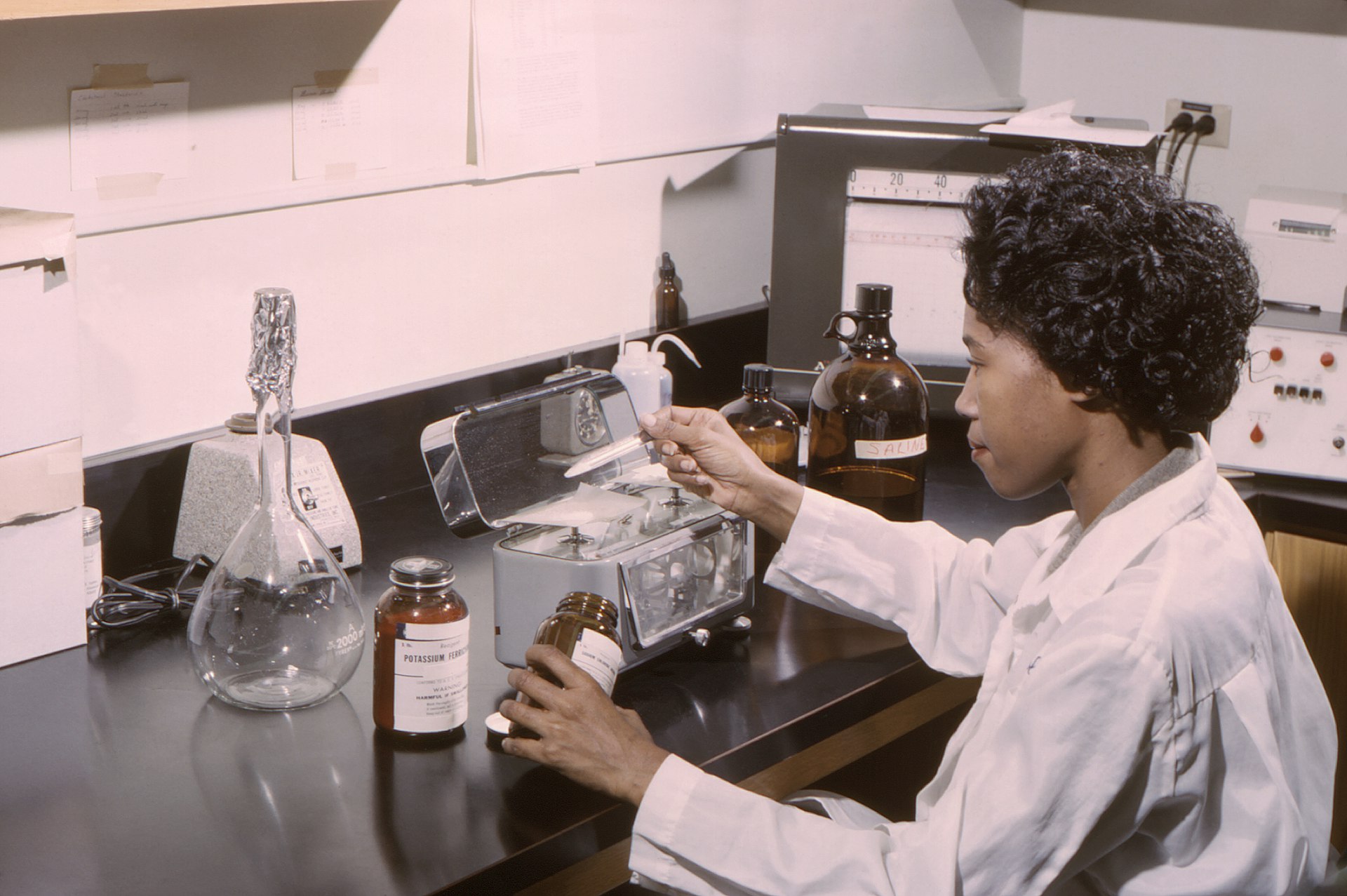Unlocking Your Future: Career Opportunities in Regenerative Medicine

Photo by CDC on Unsplash
Introduction to Regenerative Medicine Careers
Regenerative medicine is revolutionizing the way we approach complex health conditions by harnessing the power of stem cells, tissue engineering, and gene therapy to repair or replace damaged tissues and organs. The rapid growth of this field is generating a wealth of opportunities for professionals at all levels, from laboratory technicians to advanced researchers and clinicians. This article explores the landscape of career options in regenerative medicine, presents real-world examples, and offers step-by-step guidance for those interested in joining this innovative sector.
Understanding the Regenerative Medicine Landscape
The core of regenerative medicine lies in its interdisciplinary approach, combining biology, engineering, genetics, and clinical practice to develop therapies that restore normal function in the body. Applications range from stem cell therapies for spinal cord injuries to engineered tissues for organ transplantation. As new discoveries emerge, the demand for skilled professionals continues to rise, offering both entry-level and advanced career paths. [2]
Key Career Paths in Regenerative Medicine
Regenerative medicine encompasses a wide variety of roles. Here are some of the most notable positions along with typical duties and real-world applications:
Processing Technician
Processing technicians are responsible for handling, processing, and storing tissues used in regenerative therapies. Their work ensures that tissues remain viable for clinical or research use. For instance, a technician may assess and document tissue samples for use in stem cell therapies targeting neurodegenerative diseases. This role typically requires a solid background in biology or laboratory sciences. The national average salary for processing technicians is around $56,915 per year. [1]
Postdoctoral Fellow
Postdoctoral fellows conduct advanced research, designing and implementing experiments to push the boundaries of regenerative science. For example, a postdoctoral fellow may work on developing protocols for 3D organ printing or investigating new gene editing techniques to treat inherited disorders. This position is ideal for individuals who have completed a PhD and are seeking further specialization. The average salary is approximately $61,023 per year. [1]
Biomedical Equipment Technician
Biomedical equipment technicians support regenerative medicine by installing, maintaining, and repairing laboratory and clinical equipment. Their expertise ensures that research and clinical teams have reliable tools for groundbreaking work, such as tissue engineering bioreactors or advanced imaging systems. Entry into this field generally requires an associate degree in biomedical technology or a related discipline. The average salary stands at $50,905 per year. [1]
Genetic Engineer
Genetic engineers play a critical role by manipulating DNA to direct the development of new therapies. They may work on designing gene-editing tools like CRISPR to correct genetic defects at the source. These professionals often contribute to scholarly publications and present at industry conferences, staying at the forefront of technological advances. The average salary for genetic engineers is about $79,724 per year. [1]
The Importance of Advanced Education
While entry-level roles exist, many high-impact positions in regenerative medicine require advanced education. Master’s degree programs, such as the MS in Regenerative and Stem Cell Technologies at Johns Hopkins University, offer specialized coursework in gene therapy, stem cell biology, bioinformatics, and molecular genetics. [2] These programs provide the depth of knowledge and practical skills necessary to pursue leadership roles in research, biotechnology, or clinical management. Many graduate programs also offer networking opportunities, access to cutting-edge research, and guidance on regulatory and ethical considerations.
Real-World Training and Career Development Programs
Several universities and organizations sponsor programs that provide hands-on experience in regenerative medicine. For example, the California Institute for Regenerative Medicine (CIRM) funds the Bridges program at California State University, Northridge, which immerses undergraduates in stem cell research and prepares them for scientific careers. [5] Through such initiatives, students gain not only technical expertise but also valuable communication and critical thinking skills that are essential for career advancement.

Photo by benjamin lehman on Unsplash
Job Search Strategies and Application Guidance
There are multiple pathways to finding regenerative medicine positions:
- Job Boards: National and regional job boards frequently list openings for research technicians, scientists, clinical trial managers, and more. For instance, you can browse current postings for regenerative medicine roles on established job sites. To get started, visit reputable platforms like Indeed or ZipRecruiter and use search terms such as “regenerative medicine,” “stem cell research,” or “tissue engineering.” [3]
- University Programs: Prospective applicants can explore university career centers and biomedical departments, which often share research assistant positions and internships in regenerative medicine labs.
- Industry Conferences and Associations: Consider attending conferences or joining organizations like the International Society for Stem Cell Research (ISSCR) to expand your professional network and learn about emerging job opportunities.
When preparing your application, emphasize laboratory experience, technical skills, and any relevant certifications. Tailor your resume to highlight contributions to research projects, familiarity with industry standards, and a commitment to ethical practices.
Challenges and How to Overcome Them
While the regenerative medicine field is growing rapidly, it can be highly competitive and requires ongoing learning to keep pace with new technologies. Some challenges include:
- Specialized Skills: Many roles demand expertise in advanced laboratory techniques, data analysis, or regulatory compliance. Continuous education through workshops, certifications, or advanced degrees can help bridge skill gaps.
- Research Funding: Funding cycles and grant availability can impact job security in academic and research settings. Consider diversifying your experience by working in both academic and private sectors.
- Ethical and Regulatory Hurdles: Navigating the regulatory landscape is crucial, especially when working with human tissues or gene-editing technologies. Stay informed by participating in ethics seminars and maintaining awareness of evolving guidelines.
Alternative Pathways and Future Trends
Besides traditional research and clinical roles, regenerative medicine also offers opportunities in adjacent areas:
- Regulatory Affairs: Specialists help organizations comply with FDA and international regulations, ensuring that therapies are safe and effective before reaching patients.
- Medical Sales and Marketing: Companies developing regenerative products require professionals to bridge the gap between research and market adoption. These roles involve educating healthcare providers and advocating for innovative therapies.
- Clinical Project Management: Project managers oversee clinical trials for regenerative therapies, ensuring studies are conducted ethically and efficiently. [4]
As advancements continue, emerging roles in areas such as organ printing, nanobiotechnology, and personalized medicine are likely to become more prevalent. [2]
Step-by-Step Guide to Entering the Field
To pursue a career in regenerative medicine, consider these actionable steps:
- Gain Foundational Education: Begin with a bachelor’s degree in biology, biomedical engineering, or a related field.
- Pursue Specialized Training: Seek out graduate programs, certifications, or workshops focused on regenerative medicine techniques and technologies.
- Get Hands-On Experience: Apply for internships, research assistant positions, or join university programs like CIRM’s Bridges to gain laboratory experience. [5]
- Build a Professional Network: Attend conferences, join professional organizations, and connect with mentors in the field.
- Keep Learning: Stay current with developments by reading journals, attending workshops, and pursuing continuing education.
- Search and Apply for Jobs: Use major job boards and your professional network to identify openings. Prepare tailored application materials that demonstrate your technical skills and passion for regenerative medicine.
Accessing Opportunities and Further Information
To learn more about available positions, visit reputable job boards like Indeed and ZipRecruiter, searching for terms such as “regenerative medicine,” “stem cell technology,” or “tissue engineering.” [1] [3] For those interested in further training, consider exploring graduate programs at established universities, or research experiential learning opportunities through organizations like the California Institute for Regenerative Medicine. If you are unsure where to begin, contact your local university’s biology or biomedical sciences department to inquire about research labs and student programs. Many professional societies, such as the International Society for Stem Cell Research, offer resources for job seekers and students.
Conclusion
The field of regenerative medicine offers a dynamic and rewarding career path for those passionate about scientific discovery and patient care. Whether you are interested in hands-on laboratory work, advanced research, or supporting roles in regulatory affairs, opportunities are expanding as the field matures. By pursuing specialized education, building a strong network, and staying informed about industry trends, you can position yourself for success in this transformative area of healthcare.
References
- [1] Indeed (2024). 9 Careers in Regenerative Medicine To Consider.
- [2] Johns Hopkins University AAP (2024). Careers in Regenerative and Stem Cell Technologies.
- [3] ZipRecruiter (2025). Regenerative Medicine Jobs.
- [4] Indeed (2025). Regenerative Medicine Jobs in Southlake, TX.
- [5] California State University, Northridge (2025). Building Bridges to Careers in Health – and Regenerative Medicine.
MORE FROM realtyexperts.ai













